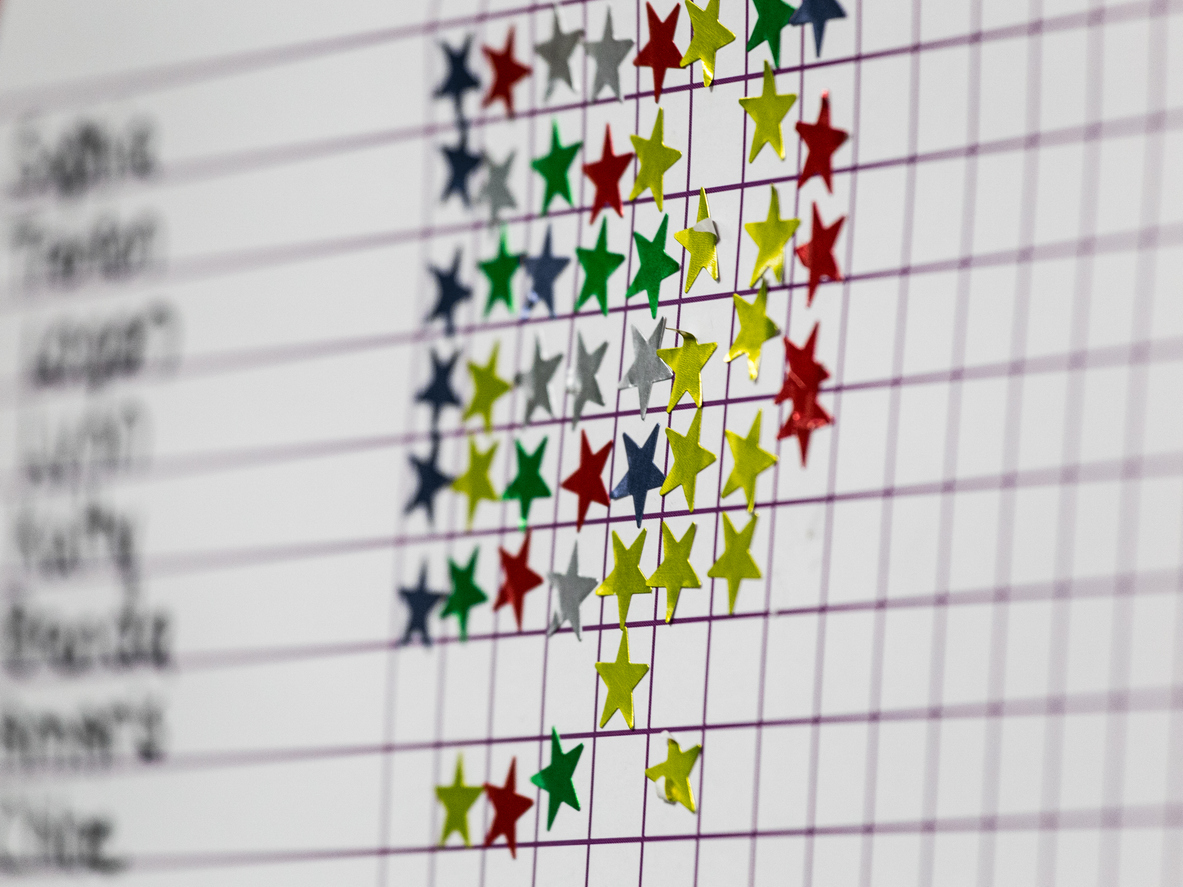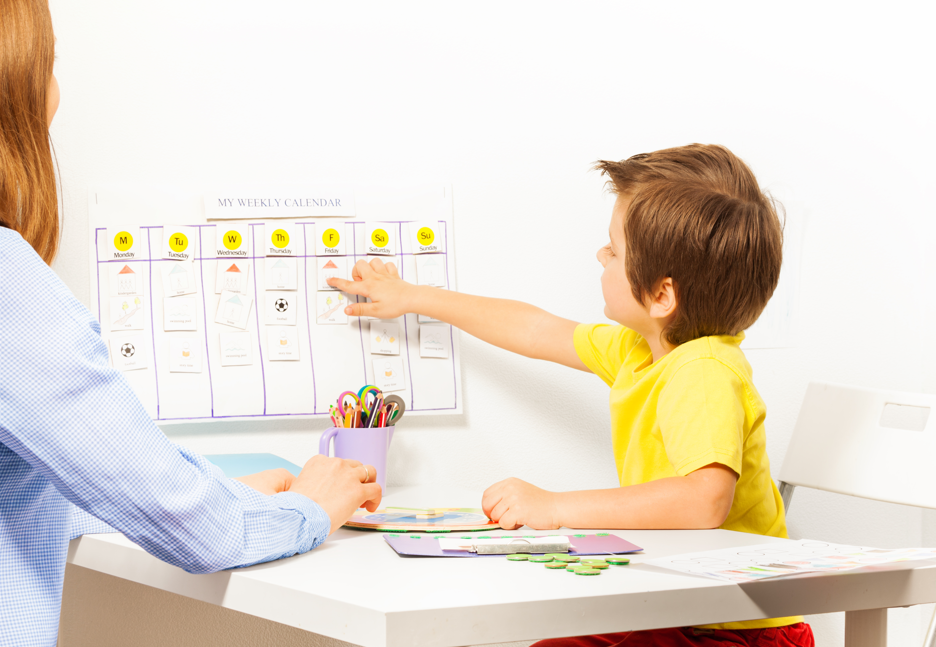Each child’s therapy program is guided by their unique interests and goals. Generally speaking, ABA therapy sessions involve a behavior therapist working directly with your child to teach new skills. Therapy sessions are often naturalistic and play-based, with the therapist using a fun, quick pace of instruction. While some skills may be taught using highly structured learning tasks, many skills can be learned through play. The behavior therapist may bring additional materials to sessions such as visual schedules, token boards and novel games in order to work on your child’s goals. During some sessions a program supervisor or Board Certified Behavior Analyst (BCBA) will provide feedback and modeling to the behavior therapist to ensure the programs are being implemented correctly.
Similar Articles

For Parents
When to Start and Stop ABA Therapy: A Guide for Parents
As a parent of a child with autism, you may wonder, “Is ABA therapy right for my child?” If...
READ
For Educators
Token Economies for Positive Classroom Behavior
From Marble Jars to Sticker Charts: Practical Tips for Teachers Creating a positive, engaging classroom environment often hinges on...
READ
For Parents
Understanding Applied Behavior Analysis (ABA) Therapy for Children with Autism
If your child has been diagnosed with autism spectrum disorder (ASD), you may be exploring different therapy options to...
READ